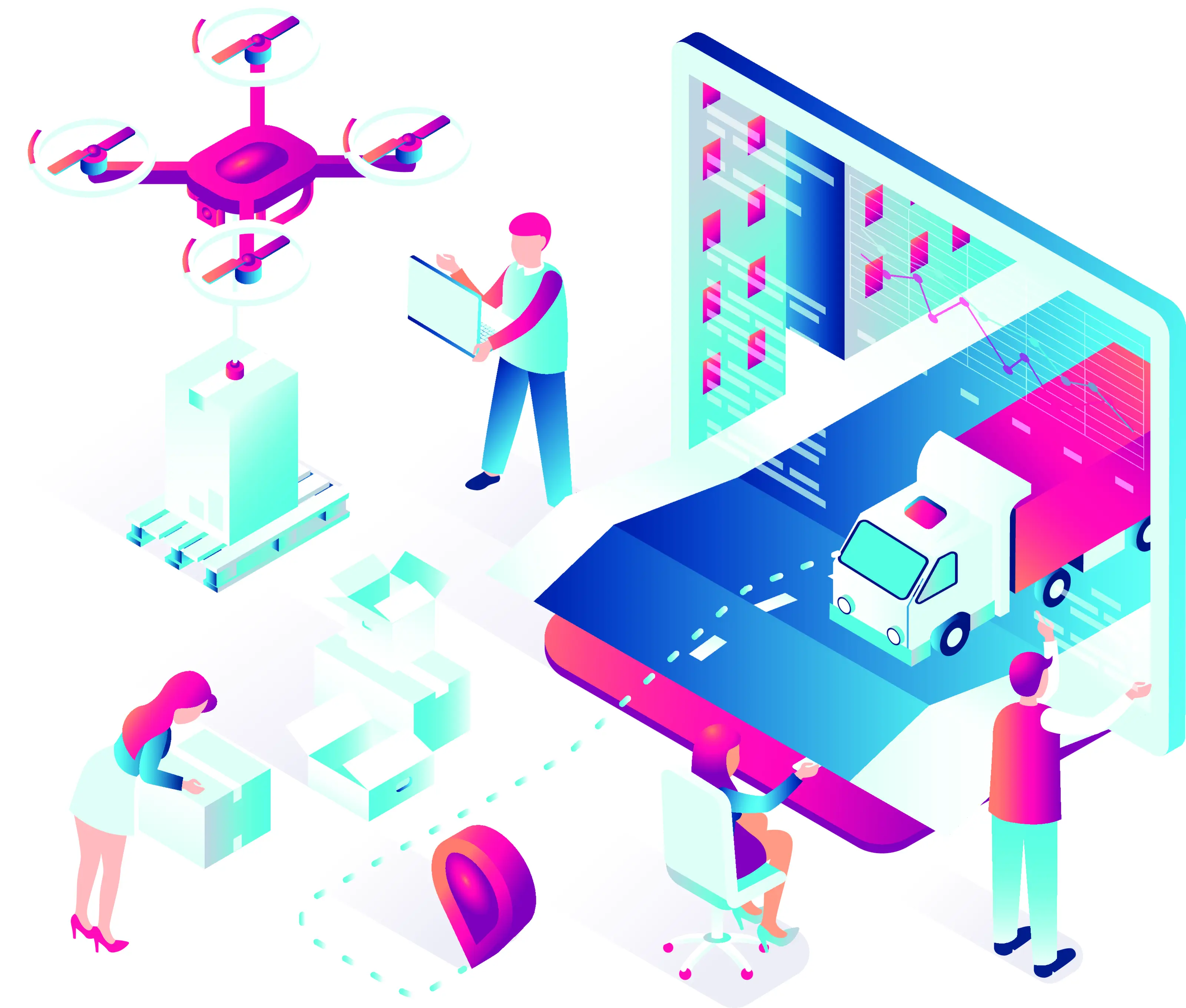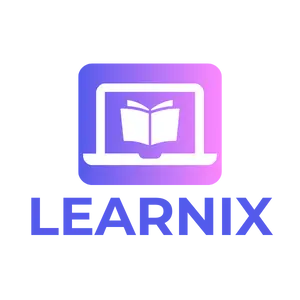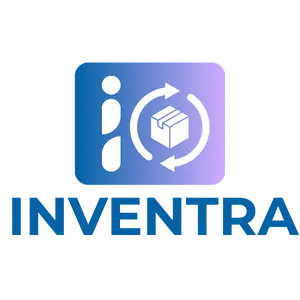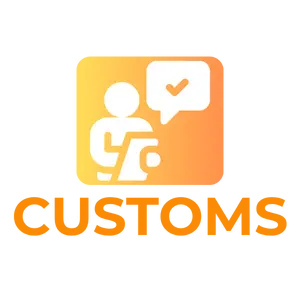API System (Application Programming Interface)
A Digital Integration Solution that Connects Applications and Systems Automatically & Securely.
In the digital era, speed and efficiency are key in system and application development.
However, applications cannot stand alone they must be connected, share data, and communicate with
other systems.
This is where the API (Application Programming Interface) acts as a bridge between systems, ensuring
data and functionality can be accessed by other applications in a structured, secure, and real-time
manner.
What is an API System?
An API system is a collection of digital endpoints that allows your application, website, or
internal system to automatically interact with other applications whether your own or third-party.
APIs enable data retrieval, submission, or manipulation without granting direct access to the
database or backend system.
Benefits of Implementing an API System for Your Business or Organization
- Fast Integration with External Systems
For example: payment gateways, shipping, ERP, CRM, and more.
- Operational Efficiency
Minimizes manual input and data duplication, reducing the risk of errors.
- Technological Flexibility
Can be used across platforms (mobile, web, desktop) and programming languages.
- High Scalability
Supports the growth and modularity of your digital system over time.
- Collaboration with Third Parties
Allows partners or other developers to build applications based on your data without direct
backend access.
- Control & Security
Data access is protected through authentication and clearly defined access restrictions.
Key Features
- RESTful/GraphQL API according to industry standards
Simplifies integration with various platforms and programming languages.
- Authentication & Authorization (OAuth2, API Key, JWT)
Ensures data security and proper access.
- Rate Limiting & Throttling for system security & stability
Prevents API abuse and maintains system performance.
- Real-time Logging & Monitoring of API activity
Eases monitoring and analysis of API usage.
- Versioning Support to maintain backward compatibility
Ensures that existing applications continue to work when the API is updated.
- Developer Portal / Automatic API Documentation (Swagger / Postman)
Makes it easier for other developers to understand and use your API.
- Webhook & Callback Support for real-time notifications
Allows your application to receive the latest information without polling.
- Role-based Access & IP Whitelisting for restricted access
Ensures that only authorized parties can access specific APIs.
Use Cases
- Integration with Payment Gateways
Point of sale systems or e-commerce platforms automatically connected with Midtrans, Xendit,
DANA, etc.
- Logistics Services
API for tracking receipts, shipping costs, and delivery status from JNE, TIKI, POS, etc.
- Mobile & Web Applications
Backend API for booking apps, marketplaces, or social media platforms.
- Data Sharing Between Divisions / ERP Systems
Data synchronization across internal systems like HR, Finance, and Inventory.
- Open API for Developer Ecosystem
Startups/corporations provide public APIs for partners or developer communities.
- API Middleware for Legacy Systems
Provides a modern interface for older systems that are not yet web-based.






















